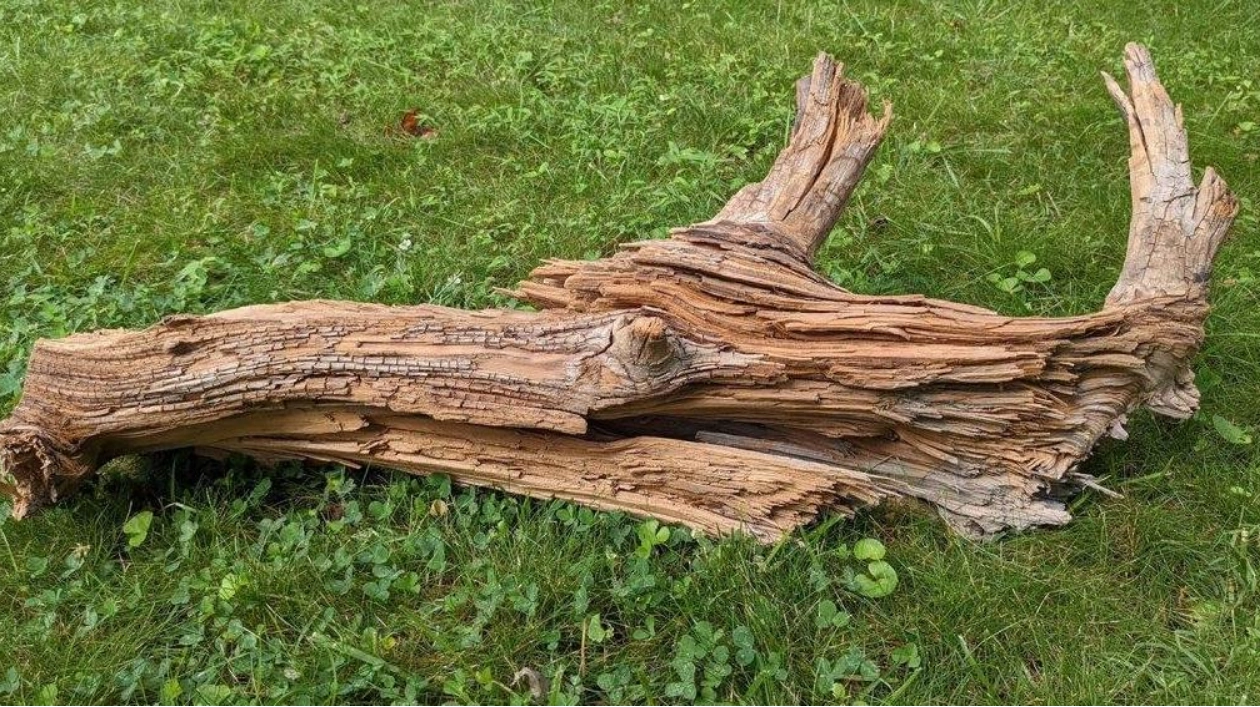In 2013, Ning Zeng stumbled upon an ancient and significant log while excavating in Quebec, Canada. His team was digging a trench to bury 35 metric tons of wood, intending to cover it with clay soil and let it sit for nine years. The goal was to demonstrate that burying biomass could be a cost-effective method to store carbon, thereby mitigating climate change. However, during the excavation, they discovered a twisted, ancient log that predated their experiment by millennia.
"I remember standing there just staring at it," recalls Zeng, a climate scientist at the University of Maryland. "Wow, do we really need to continue our experiment? The evidence is already here, and better than we could do." This log, part of an Eastern red cedar, had absorbed carbon dioxide from the air and transformed it into wood over 3,775 years ago. Buried under just two meters of clay soil for centuries, the log retained at least 95 percent of its carbon, according to a study published in Science on September 24.
"Scientists and entrepreneurs have long contemplated burying wood as a climate solution. This new work shows that it is possible," says Daniel Sanchez, an environmental scientist at the University of California, Berkeley, who was not involved in the study. "High-durability, low-cost climate solutions like these hold immense promise for fighting climate change."
New solutions are urgently needed. The Intergovernmental Panel on Climate Change reports that curbing greenhouse gas emissions alone won't meet global climate targets. Additionally, about 10 gigatons of atmospheric carbon needs to be captured and stored annually by 2060. Plants store about 220 gigatons of carbon dioxide each year through growth, but much of this is released back into the atmosphere through decomposition. Burying wood could prevent a fraction of this decomposition, aiding in meeting the storage goal. However, this potential hinges on finding conditions that prevent air, water, and microbes from breaking down the carbon for long periods.
A schematic of a proposed wood vault shows buried wood beneath a layer of clay soil that keeps oxygen from reaching the wood, helping it retain its carbon. The ancient log provides a clue. Zeng suspects the impermeable clay soil covering the region helped prevent oxygen from reaching the log, even at shallow depths. "This kind of soil is relatively widespread. You just have to dig a hole a few meters down, bury wood, and it can be preserved," he says. Burying wood could cost as little as $30 to $100 per ton of CO2, making it more practical than direct air capture technology, which costs $100 to $300 per ton of CO2.
If the conditions that preserved the Canadian log can be replicated, buried biomass from discarded wood and sustainable harvesting could sequester up to 10 gigatons of carbon annually. Despite finding the ancient log, Zeng's team proceeded with their planned experiment and are now analyzing the results to determine best practices. The log itself exemplifies the potential of wood vaulting. "We now have the evidence to say 'yes, it's ready to be implemented,'" Zeng says.






